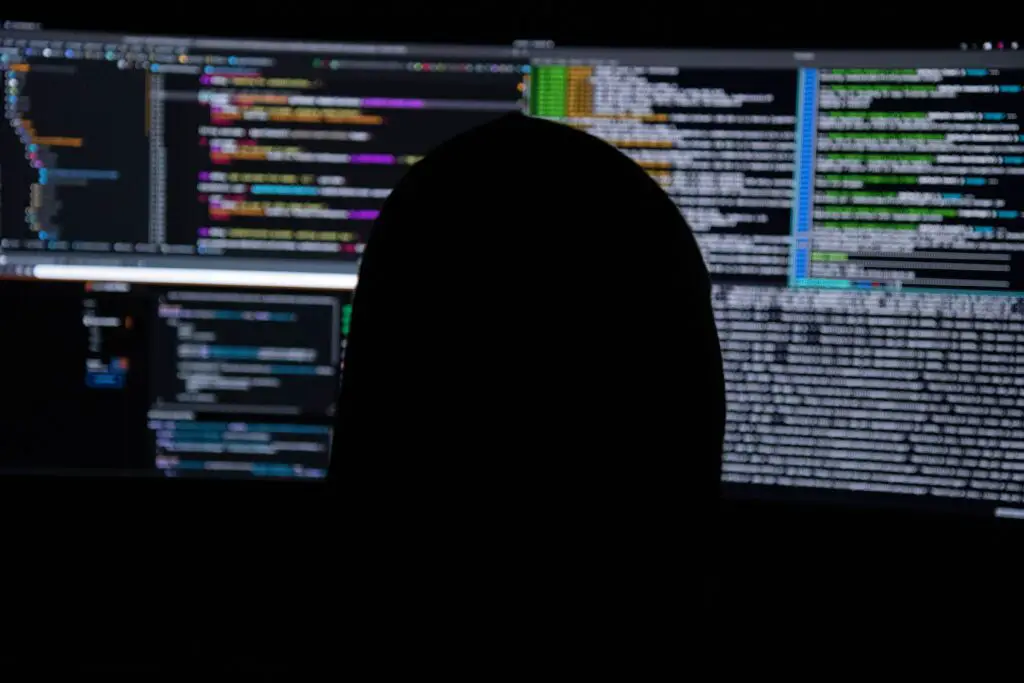Mastering User Management on Ubuntu 20.04:
A Comprehensive Guide
In the realm of Ubuntu 20.04, the power to mold your digital kingdom lies in the delicate dance of adding and deleting users. As the maestro of your Linux symphony, understanding the artistry behind user management is pivotal. This guide unravels the enigmatic process, weaving through the intricate threads of Ubuntu’s user domain with finesse. Prepare to embark on a journey where keystrokes become strokes on a canvas, painting the portrait of user authority in the vivid hues of command-line mastery.

The Prelude:
Initiating the Symphony of Users
In the symphony of Ubuntu, the first movement is the creation of users. This act, seemingly mundane, holds the essence of granting life to digital entities within the operating system. With a poised command, the orchestrator beckons a new user into existence.
In the ethereal expanse of the terminal, the command sudo adduser username resounds, a summoning ritual for a new member of your digital kingdom. The terminal echoes with the questions: a password, a full name, and an assortment of additional details – the chords of a user profile taking shape. A staccato of keystrokes and, like a phoenix from the ashes, the user emerges. Ubuntu, the conductor, now recognizes the new persona, ushering them into the symphony of interconnected systems.
The Crescendo:
Granting the Baton of Authority
Having birthed a user into existence, the next crescendo is the endowment of authority, the bestowal of the digital baton. In this section, we delve into the harmonic progression of granting administrative privileges.
The orchestration begins with the sudo usermod -aG sudo username command – a sonnet in Linux syntax. This command elevates the user, imbuing them with the power to conduct operations that transcend the ordinary realm of userhood. The crescendo swells as the user, now adorned with administrative privilege, stands poised on the podium of system governance. They can now wield the conductor’s wand, summoning forth commands with the resonance of authority.
The Intermezzo:
Navigating the Sea of User Details
In the intermezzo, we explore the subtle nuances of user details, the mosaic of information that defines the essence of each digital entity.
Amidst the command line symphony, the sudo chfn username command takes center stage, allowing the conductor to modify the finer details of a user’s profile. A ballet of options unfolds – changing the user’s room number, office phone, and other tidbits. Each alteration, like a choreographed dance step, contributes to the unique rhythm of the user’s digital identity. The intermezzo, a pause in the grand narrative, invites the conductor to refine the subtleties that make each user distinct in the operatic landscape of Ubuntu.
The Overture:
Understanding User Deletion
As the symphony reaches its zenith, the inevitable descant of user deletion reverberates. In this movement, we unravel the process of gracefully retiring a digital entity.
The sudo deluser username command emerges as the protagonist in this somber overture. A farewell to a user, executed with a single command. Yet, the reverberations of deletion are intricate. The system gracefully sweeps away the user, tidying up remnants with a precision akin to a maestro’s baton. The echoes of the user’s existence dissipate, leaving behind a digital elegy – a silent tribute to a once-active participant in the Ubuntu orchestra.
The Finale:
Removing All Traces
In the final notes of the symphony, the curtain falls with a silent flourish as we delve into erasing the last vestiges of a user, leaving the stage pristine.
Enter the sudo deluser --remove-home username command, the silent undertaker erasing not only the user but also their digital footprints. A cascade of commands ensuring that no remnants linger in the system’s memory. The user’s home directory dissolves into the digital abyss, a final act of erasure. In this finale, Ubuntu reveals its meticulous nature, ensuring that even the shadows of the deleted user are expunged, leaving the stage ready for the next act in the Ubuntu saga.
Embark on this journey through the Ubuntu 20.04 user symphony, where the command line becomes a symphony and each user a note in the grand composition of your digital domain. May your keystrokes be melodic, your commands harmonious, as you master the art of adding and deleting users in the Linux landscape.
